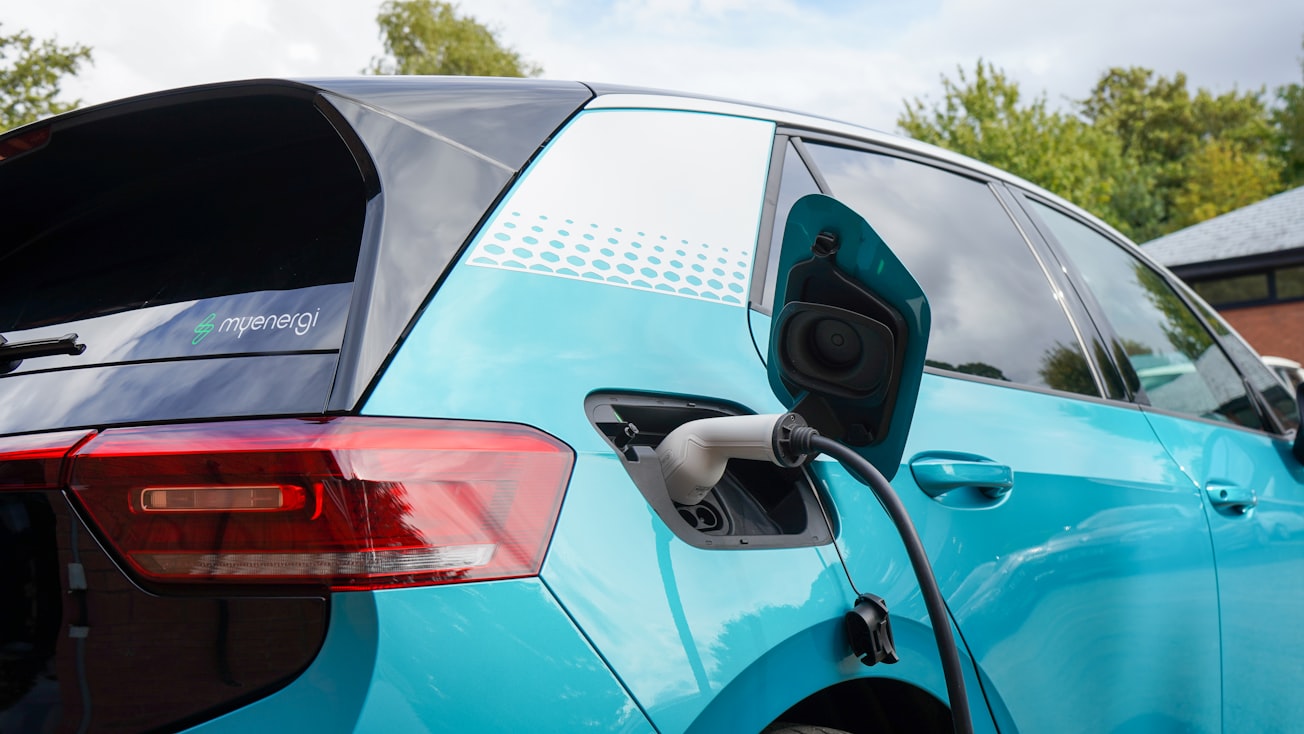What is it about?
This study reports an efficient conversion route for prosopis juliflora (PJ) biomass into high-quality bio-oil through catalytic hydrothermal liquefaction (HTL) process with systematically substituted hydrogen-rich plastic waste ‘polypropylene (PP)’, and using alumina supported metal oxide (Mo, Ni, W, and Nb) catalysts. Highlights • Valorization of an abundant, underutilized shrub biomass into biofuels. •Co-liquefaction with plastic waste in sub and supercritical water conditions. •25 % plastic substitution afforded improvement in productivity of bio-oil. •Catalysts with acid sites played a vital role in plastic conversion. •Nb/Al2O3 was promising in terms of high deoxygenation, carbon recovery, oil yield, and reusability.
Featured Image

Photo by myenergi on Unsplash
Why is it important?
An in-depth analysis of physicochemical properties and the bio-oil product distribution with respect to each catalyst and PP/PJ substitution ratio are discussed in detail. Among all, the Nb/Al2O3 catalyst performed well with remarkable recyclability up to 10 cycles.
Perspectives
The produced bio-oil mixture due to its low oxygen content is very promising to be upgraded to precursors for chemicals and transportation biofuels.
Dr Pratheep K Annamalai
University of Queensland
Read the Original
This page is a summary of: hydrothermal co-liquefaction of biomass and plastic wastes into biofuel: Study on catalyst property, product distribution and synergistic effects, Fuel Processing Technology, December 2022, Elsevier,
DOI: 10.1016/j.fuproc.2022.107523.
You can read the full text:
Contributors
The following have contributed to this page







